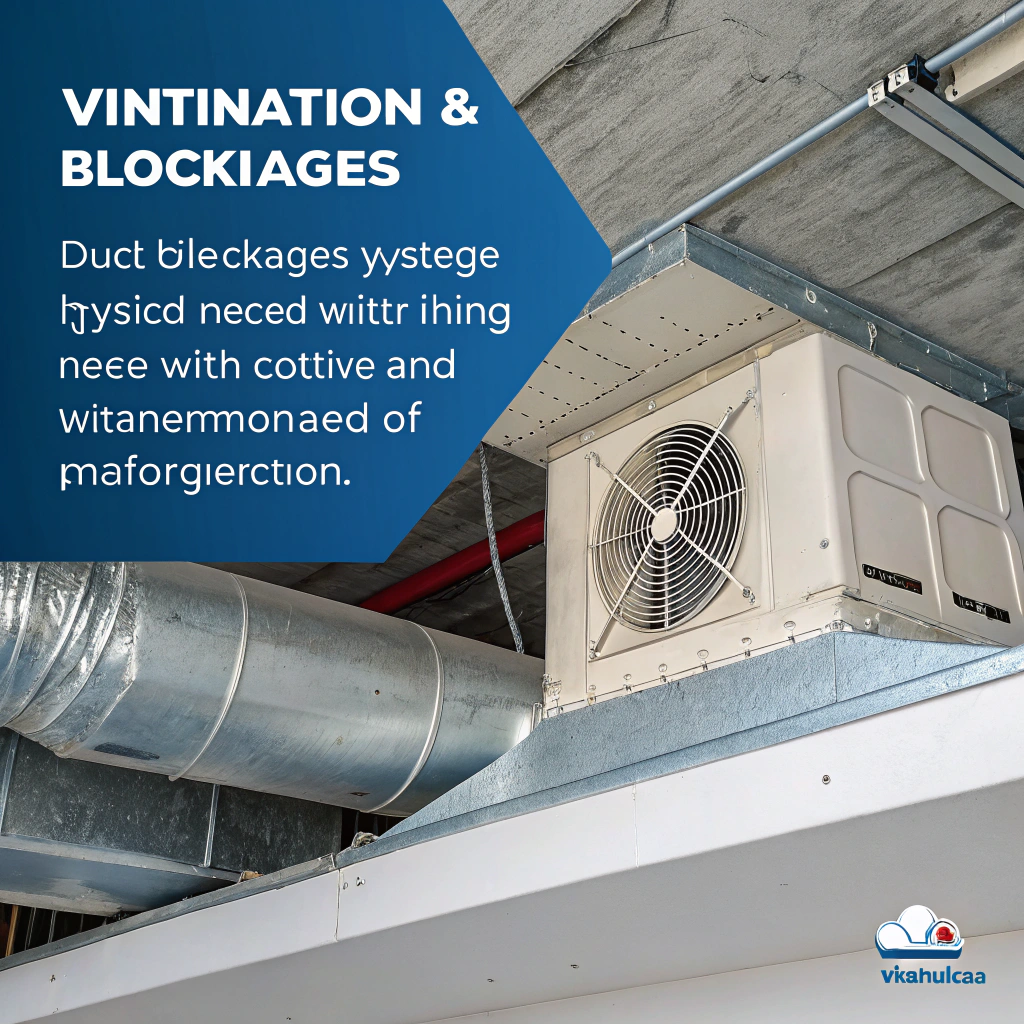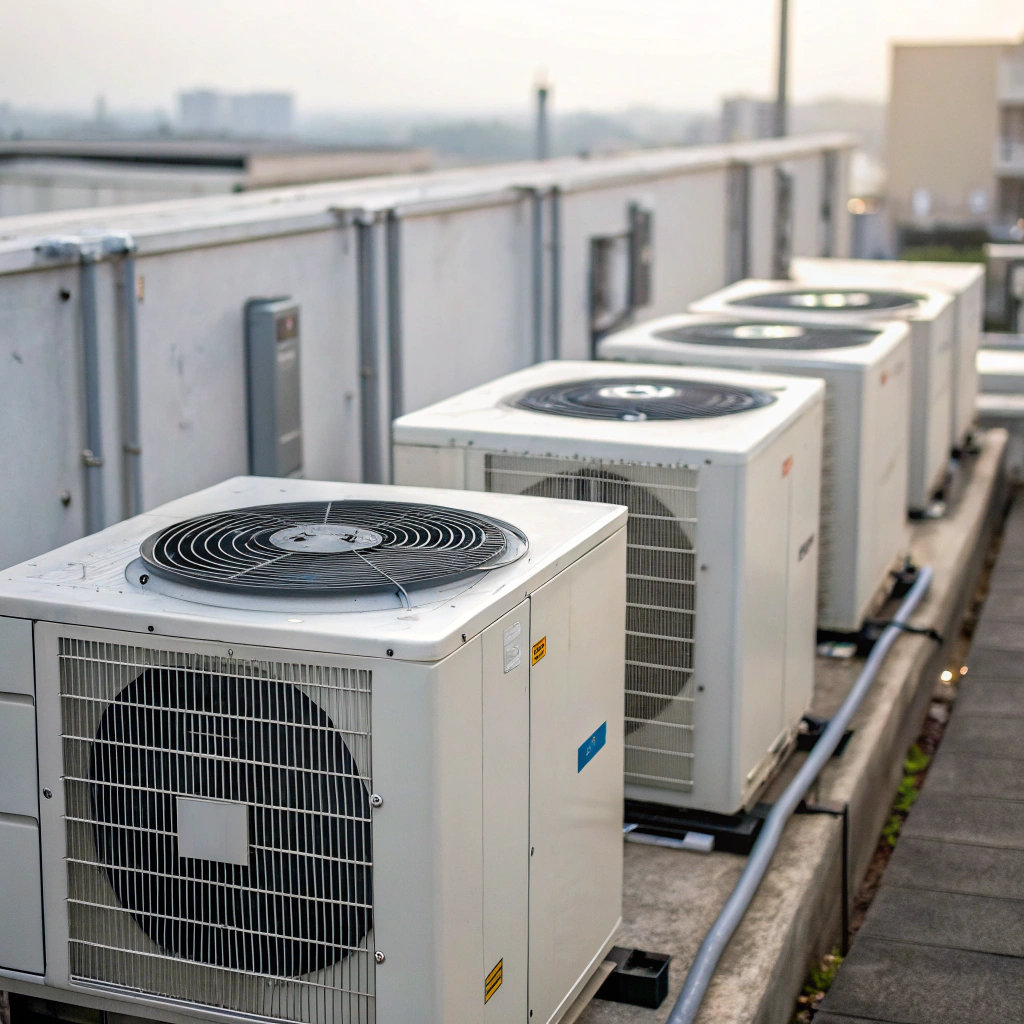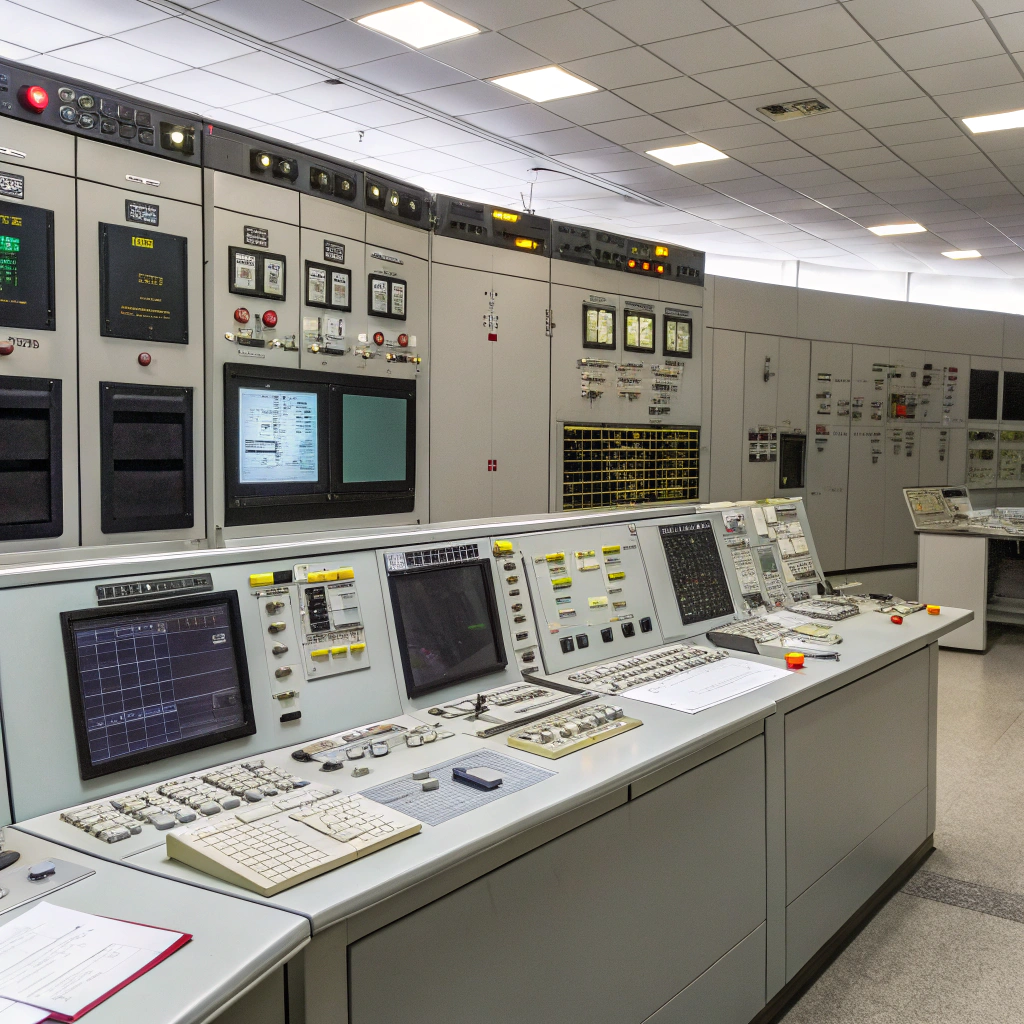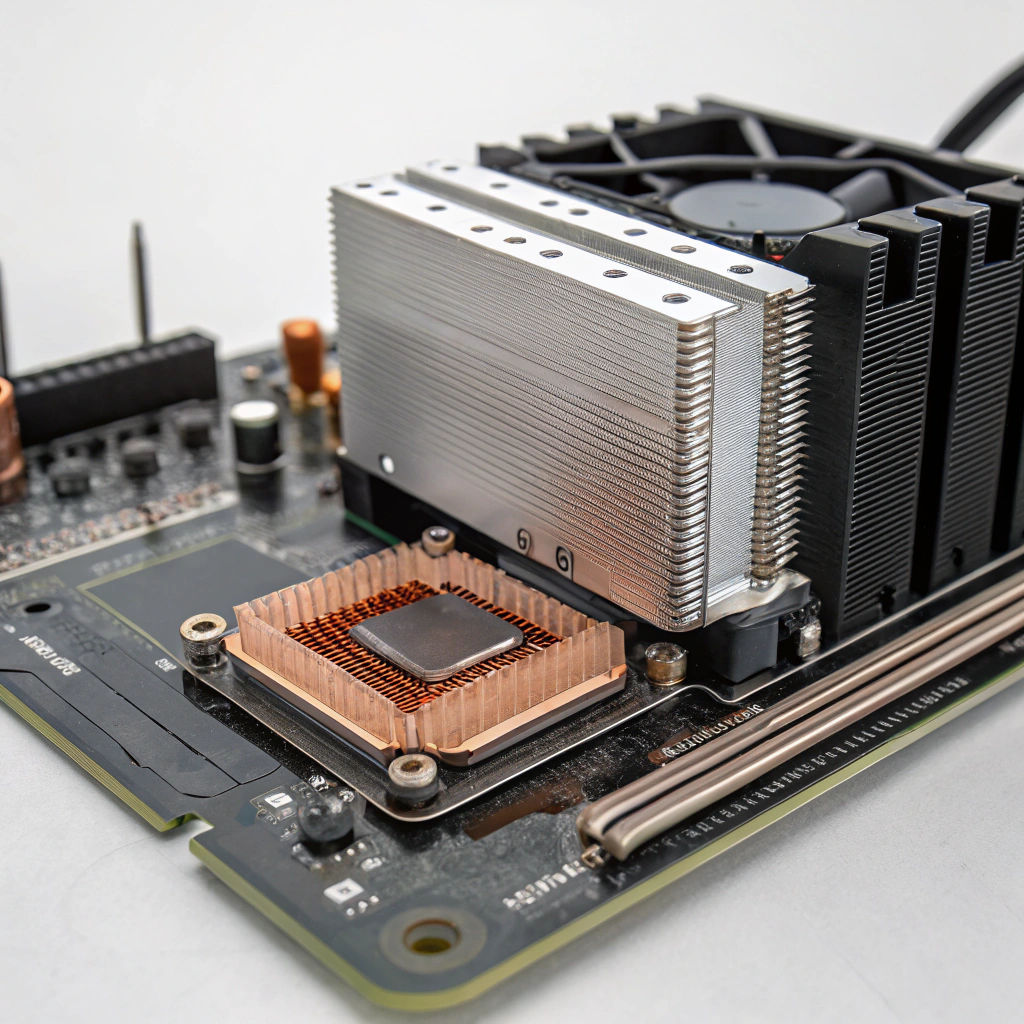Why does my heat sink overheat even with active cooling?

You’ve installed fans, vents, maybe even a blower — yet the heat sink still gets too hot. What gives?
Even with active cooling, a heat sink can overheat if airflow is blocked, cooling is misaligned, or the design doesn’t match the device’s thermal needs.
It’s frustrating when systems overheat despite all your efforts. In many cases, it’s not just about having active cooling, but whether it’s working as it should — and that’s where most designs fall short.
What is active cooling in heat dissipation?
When natural air movement isn’t enough, active cooling steps in. But what exactly is it?
Active cooling involves mechanical methods like fans or pumps to increase airflow or fluid movement, helping a heat sink remove more heat faster.

Unlike passive cooling, which relies only on natural convection, active cooling uses energy to push air or fluid across the heat sink. This movement transfers heat away from the fins more quickly, keeping the system cooler.
Types of active cooling:
| Type | Description |
|---|---|
| Forced air cooling | Uses fans to blow air over the heat sink |
| Liquid cooling | Pumps coolant through pipes in contact with heat |
| Thermoelectric cooling | Uses electric current to create cooling effect |
| Hybrid cooling | Combines passive and active methods |
The success of active cooling depends on layout, airflow direction, ambient conditions, and maintenance. Dust, blockages, or poor alignment can reduce its effect dramatically.
Active cooling requires external energy to function.True
Fans or pumps need power to operate, unlike passive systems.
Passive cooling systems use fans to remove heat.False
Passive systems rely on natural convection, not fans.
What are the advantages of effective active cooling?
If designed and maintained well, active cooling can transform system performance. But what exactly are its perks?
Effective active cooling maintains stable temperatures, prevents thermal shutdowns, and supports higher performance in power devices.

Properly implemented, active cooling expands your device’s thermal capacity. It lets you run high-load applications without risking damage. Even in compact or sealed environments, active systems can regulate temperature effectively if designed right.
Key advantages:
| Advantage | Impact |
|---|---|
| Higher performance | Systems can run at full speed without throttling |
| Improved reliability | Less thermal fatigue and longer component lifespan |
| Smaller heat sinks | Active airflow allows more compact heat sink design |
| Environmental control | Can manage heat in sealed or low-airflow environments |
Active cooling also reduces dependence on external ventilation. That makes it ideal for consumer electronics, automotive systems, and industrial controllers placed in tight or enclosed spots.
Effective active cooling can allow the use of smaller heat sinks.True
Increased airflow enables more heat removal from compact sinks.
Active cooling does not impact device performance.False
Active cooling prevents throttling and thermal shutdowns, directly affecting performance.
How can I prevent overheating in heat sink systems?
Overheating is more common than you think — even in systems with fans. So what can be done?
To prevent overheating, ensure proper airflow, remove dust, match heat sink specs to power load, and monitor system temperatures regularly.

Sometimes the problem isn’t the fan, but how air flows — or doesn’t flow — around the heat sink. Placing a fan directly on a heat sink doesn’t guarantee results if the air is blocked by cables or case walls.
Steps to prevent overheating:
1. Check airflow direction
Make sure air enters from cool areas and exits through vents without obstruction.
2. Clean regularly
Dust buildup reduces thermal performance. Clean fans and fins using compressed air every few weeks in dusty environments.
3. Match thermal load
Ensure your heat sink and cooling system can handle the device’s peak power dissipation.
4. Use thermal paste properly
Apply thermal paste evenly to improve contact between the device and the sink.
5. Monitor temperature
Use sensors to track device temperature and log anomalies over time.
Troubleshooting heat issues:
| Symptom | Likely Cause |
|---|---|
| Sudden shutdowns | Over-temperature protection triggering |
| High fan noise | Fan running at full speed constantly |
| Uneven cooling | Misaligned fan or poor heat sink contact |
In my experience, one of the biggest mistakes is reusing heat sinks for new, more powerful devices. The old setup can’t handle the new thermal demands — and things overheat fast.
Thermal paste should be applied in large amounts for best results.False
Too much paste can insulate instead of helping; a thin, even layer works best.
Blocked airflow is a common reason for heat sink overheating.True
Obstructed air prevents heat from escaping efficiently.
What are the latest trends in active cooling solutions?
Cooling systems are evolving — especially for smaller, more powerful devices.
Modern active cooling trends include vapor chambers, micro fans, smart temperature controls, and AI-optimized thermal designs.

As devices shrink, thermal loads remain the same or even grow. That’s why companies are investing in smarter, smaller, and more efficient cooling solutions.
Emerging solutions:
1. Vapor Chambers
Like heat pipes but with flat design. Vapor chambers spread heat quickly across a surface, improving cooling even in tight spaces.
2. Micro Fans
Smaller than traditional fans but high in RPM, micro fans are now used in smartphones, VR devices, and compact PCs.
3. Liquid Microchannel Cooling
This involves tiny liquid channels built directly into the device casing or heat sink. It’s effective but complex to implement.
4. AI-Based Fan Control
Smart systems now adjust fan speeds dynamically based on predictive thermal models, reducing noise and improving energy use.
5. Active Heat Spreaders
Flexible electronic materials that activate when a device heats up, spreading the thermal load intelligently.
Innovations comparison:
| Trend | Benefit |
|---|---|
| Vapor chambers | Uniform heat distribution |
| Micro fans | Cooling in ultra-compact spaces |
| AI fan control | Better energy and noise management |
| Liquid cooling | High-efficiency, even in tight areas |
In my work with industrial control enclosures, AI-controlled fan speeds were a game changer. It kept the system quiet while staying within safe temperature ranges — something basic fan setups couldn’t handle.
Microchannel cooling is more efficient than traditional fin heat sinks.True
Microchannels allow more precise and faster heat removal.
AI-based fan control increases noise levels.False
AI systems reduce noise by running fans only when needed.
Conclusion
Even with active cooling, heat sink systems can fail if airflow is poor or design mismatches the device’s needs. Understanding new trends and taking simple steps can keep your devices running cool.



